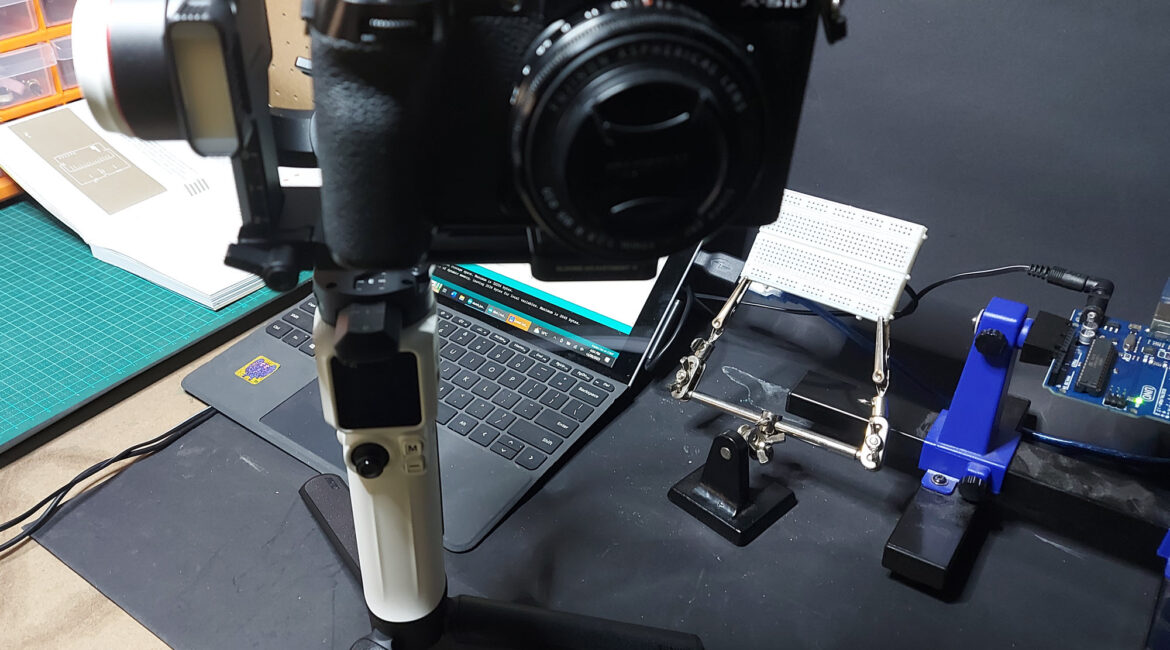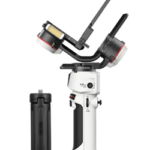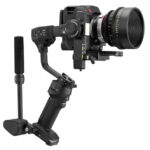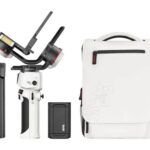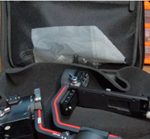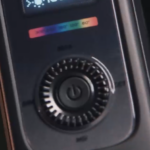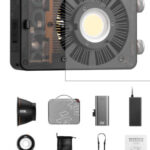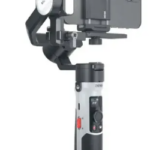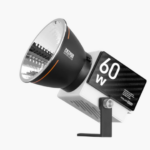Zhiyun have become well known over the last couple of years via its range of gimbals, and lately, its lighting systems. Indeed, it feels like the company churns out a new gimbal model each month!
The latest to get to me for review is the new Crane-M 3S and I am particularly enamoured by this model as it is cross suited for not just a smaller mirrorless such as my Fujifilm X-S10 but has been designed with smartphone AND action cams like the GoPro or DJI Osmo Action series in mind.
As anyone who has a gimbal or investigated using one will know, the better models come with specialised firmware letting the controls of the gimbal also control functions of selected cameras, and in the case of the Crane-M 3S, with my X-S10 it will do just that. (The full compatibility list of all cameras is here).
Sadly, smartphones and action cameras can only take advantage of the stabilisation of the Crane-M 3S – button controls are not supported.
Balancing
Of course, in order to use the stabilisation functionality, once a camera of any flavour is mounted to the gimbal (taking care things like batteries and SD cards are installed, the camera is setup exactly as you will be using it and lens caps removed etc), the system needs to be balanced.
To do this, a set procedure is put in place to make sure each axis of the gimbal is balanced. These are the tilt, roll and pan axes respectively.
When I first tried this task on a gimbal way back when, it almost brought me to tears it was so frustrating to get it right, but now after a few hundred times, no matter the brand and gimbal model, I have it pretty much off pat.
The Crane-M 3S (at least with the X-S10) was straightforward taking around 5 minutes. A major bonus these days is that quick release plates for the camera mean that as long as you use the same camera setup, once the gimbal is initially balanced, it should not need it again, although of course it is wise to check it periodically.
Controls
On the main body of the gimbal is a variety of controls for operation; the power button, mode switch, photo/video button, joystick, fill light control wheel, trigger and adjustment wheel.
The power button is pretty straight forward and does as its name suggests – turns the power on and off. The mode switch provides a 3-way functionality depending on whether it gets a single press (switch gimbal modes between pan follow, lock or follow), a double press (point of view or vortex), or a press and hold (sleep / wake up).
A full description of these modes is available in the documentation for the Crane-M 3S which is available as a PDF here.
The photo/ video button performs again, what its name suggests with a long press taking a photo and a single press to start / stop filming. This is of course dependent on your camera and its compatibility as mentioned earlier.
Additionally, with certain cameras and lenses, a half press activates auto-focus.
The joystick is used to give up/down/left/right rotation control.
The Crane-M 3S has a built-in fill light, and the fill light control wheel, as well as turning the light on and off, also controls brightness and colour temperature.
The trigger button has a multitude of uses and can be customised to your own needs. By default, a single press switches to the customised mode, which is follow mode by default, a double press repositions the gimbal, a triple press forces a 180° pan rotation and a long press enters what Zhiyun call ‘Go’ mode which locks the three axes so they don’t follow the handle.
Finally, the adjustment wheel allows adjustments in the Crane-M 3S customised in the touchscreen for aperture, shutter, ISO, digital focus/zoom and roll, tilt and pan axes.
Other functions of the touchscreen include changing modes, checking the balance status of the Crane-M 3S, information settings for language, getting serial numbers and firmware versions and to do a factory reset.
Other settings available from the touchscreen allow for customisation, calibration, fine tuning the axes motors and setting shooting features such as panorama, timelapse and motionlapse etc.
Bluetooth and ZY Play App
Ordinarily, gimbals control a camera via a USB cable, normally USB-C, however the Crane-M 3S also has Bluetooth functionality, and if your camera is compatible, can therefore be controlled without the need for a cable.
Additionally, Zhiyun has the ZY Play App for Android and iOS allowing convenient photo and video shooting, combining various intelligent functions including time lapse, long exposure, slow motion and more.
Conclusion
I have had a very quick play with the Zhiyun Crane-M 3S using my Fujifilm X-S10 and I am impressed. You can buy the unit by itself (AUD$569) or as part of a combo kit ($699) with a backpack, selection of USB-C control cables, phone clamp and a tripod base.
I have reviewed the combo kit and would not hesitate to suggest this is worth the money over the standard unit.
Along with the other gadgets mentioned in earlier stories, I will be taking the Zhiyun Crane-M 3S on holidays in 2 weeks and will then test it more fully including with a GoPro and smartphone.

